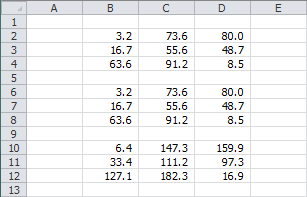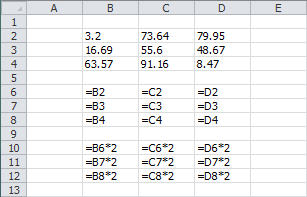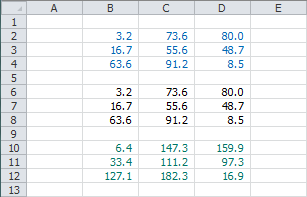Best Practice Spreadsheet Modeling Standards
Introducing Spreadsheet StandardizationThe Best Practice Spreadsheet Modeling Standards and Conventions aim to provide the model development and business communities with:
Importantly, these standards and conventions provide a comprehensive and detailed set of guidelines relating to every stage of the spreadsheet model development process, but do not limit the customisability of spreadsheet-based analysis in any way. Put simply, these standards and conventions explain how to develop best practice spreadsheet models, not what to include in spreadsheet models. The Best Practice Spreadsheet Modeling Standards and Conventions empower both model developers and model users with the knowledge to improve the quality and efficiency of spreadsheet modeling activities. In this regard, the primary spreadsheet modeling benefits of adopting these standards and conventions are:
|
|
A Comprehensive Corporate Policy
The Best Practice Spreadsheet Modeling Standards are an off-the-shelf corporate policy document which is continuously developed and maintained by the collaborative efforts of the world's best spreadsheet modellers. Organization-wide spreadsheet standardization can be freely achieved by simply downloading the Standards and providing access to the online documentation and training tutorials provided via this website.
Encourage some of your spreadsheet users to try implementing best practice and learn why so many of the world's most respected organizations are using the Best Practice Spreadsheet Modeling Standards as their primary spreadsheet modeling corporate policy document.
A Simple Example
|
|






